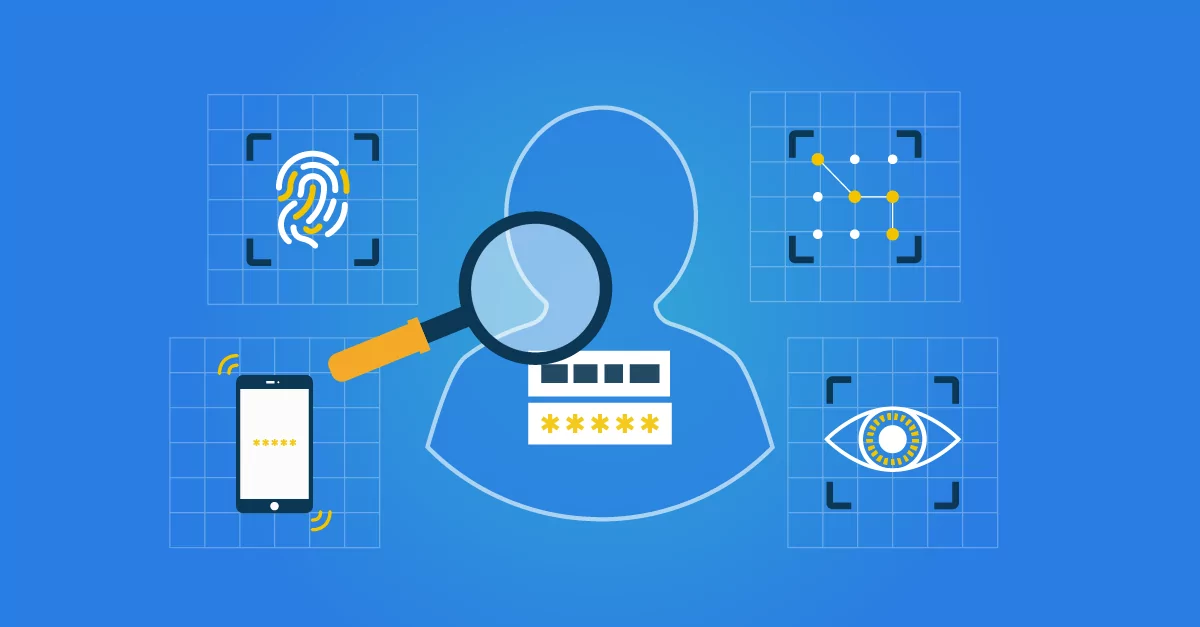
Strong authentication
Ransomware attacks, malware, DDoS attacks, phishing, Trojan horses: there are many cyber threats lurking in the digital world. A powerful, error-proof and reliable authentication system is therefore more crucial than ever for organisations wanting to keep cyber threats at bay. Strong authentication is an excellent oway to strengthen your digital defence line and to ensure you are less vulnerable to attacks from hackers and cybercriminals. But what exactly is strong authentication? Which tools are available for its implementation? And how does it differ from 'regular' authentication? Read on for answers to these important questions.
What is strong authentication?
Strong authentication is a method that uses multiple factors to verify the identity of a digital user or device. The system or admin doesn't just ask for a username and password, but requires the user or requester to confirm one or two additional authentication factors before granting them access or editing rights.
Typically, this concerns something personal that only the user or applicant would normally know, possess or be. For example, very specific, personal information, biometric data (iris scan, fingerprint), a personal identification number (pin), or a message or code sent to their mobile phone or computer.
Common examples of strong authentication are two-factor authentication and multi-factor authentication. In the first instance, the system asks for an additional verification key alongside the username and password. With multi-factor authentication, the user or applicant must go through more than two verification steps before gaining access.
What is the difference with standard authentication?
The main difference between standard and strong authentication? Because the latter method uses multiple credentials, the chances are much lower that someone will gain unauthorised access to a system, network, device or digital environment. Even if you steal or guess someone's username and password, you're still not able to access the system.
A prime example that many of us frequently use is logging into online banking. After entering your pin and your card number, you must first input a unique temporal code to access the system. Two-factor authentication is seen as the minimum verification level that falls within the definition of strong authentication.
Strong authentication is not the same as authorisation
Although the terms may seem similar, strong authentication is not the same as authorisation. Even if you successfully complete all verification steps, a system or admin might still choose to impose restrictions on you. For example, a system administrator might block certain files or parts of the digital environment based on your role or position, allowing only limited editing or viewing rights. Strong authentication focuses on verifying digital identities as reliably as possible, while authorisation determines what someone can and is allowed to do within a secure environment.
Strong authentication and the human factor
Strong authentication significantly reduces the risk of breaches in your systems. However, the successful use of strong authentication hinges directly on the reliability of the involved identification factors. The human element still plays a crucial role. Companies that, for instance, have a lax phishing or password policy undermine an essential foundation of the system and thus weaken its strength.